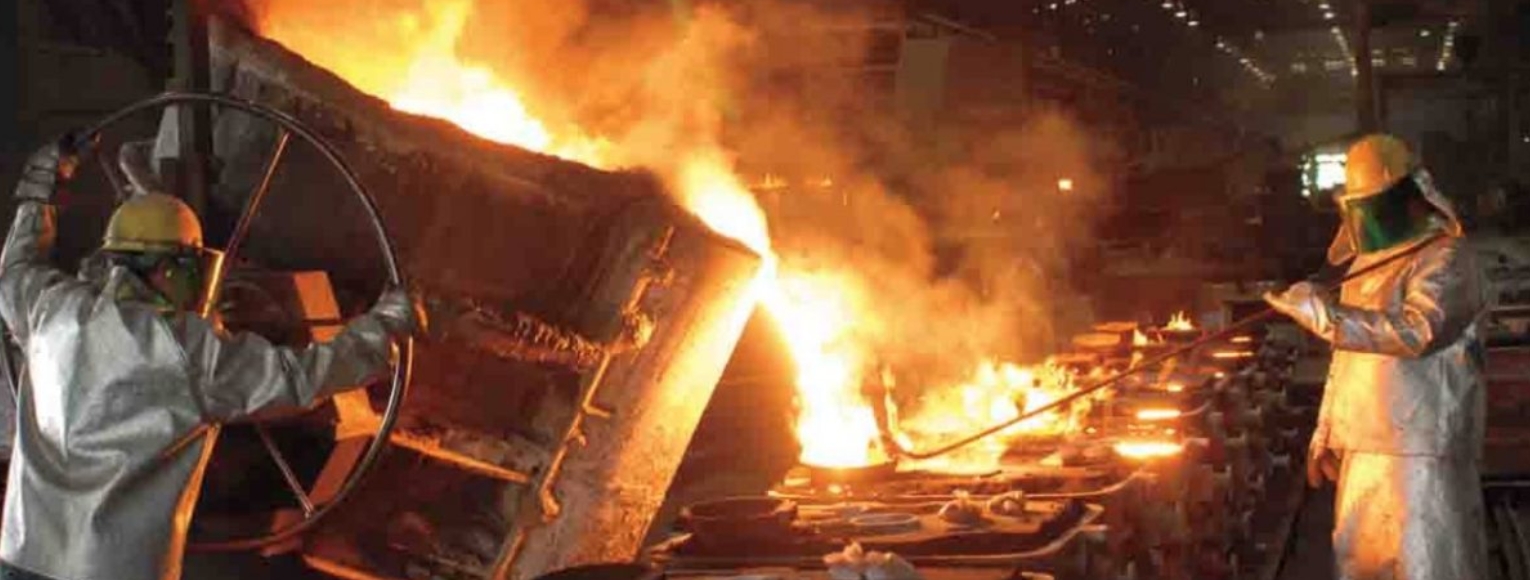
Expert sand casting manufacturing utilize a variety of skills and techniques to create high-quality castings. The process of sand casting manufacturing involves several intricate steps, each requiring specific knowledge and expertise. Here’s a breakdown of some key skills and techniques involved:
- Pattern Making: This is the first and a crucial step in sand casting manufacturing. It involves creating an accurate model of the final product, usually made from wood, metal, or plastic. The pattern must be precisely made, as it sets the shape and dimensions of the cast.
- Mold Making: After the pattern is made, it’s used to create a mold. Expert sand casters will carefully pack sand around the pattern in a molding box. The sand used is mixed with a binding agent to help it retain its shape after the pattern is removed.
- Core Making: For creating hollow sections in sand casting manufacturing, cores made of sand are used. These cores are placed in the mold cavity before pouring the molten metal. Expertise in core making is critical for complex castings.
- Melting and Pouring: The type of metal used in sand casting manufacturing can vary, and it’s melted in a furnace at high temperatures. The skill here involves not only in handling high temperatures but also in understanding the properties of different metals and their behavior when molten.
- Cooling and Removal: After pouring, the metal is allowed to cool and solidify. The timing here is crucial, as premature removal can lead to a deformed sand casting manufacturing, while too late can make the removal difficult.
- Cleaning and Finishing: After removal, sand casting manufacturing will have excess material and a rough surface. Skilled manufacturers use various techniques like grinding, sanding, and cutting to clean up and finish sand casting manufacturing to the desired specifications.
- Quality Control: Throughout the process, quality control is essential. This includes inspecting the molds and cores for accuracy, monitoring the metal’s temperature and composition, and examining the final product for defects.
- Process Optimization: Experienced manufacturers continually optimize their process for efficiency and quality. This could involve experimenting with different sand mixtures, adjusting the mold-making technique, or exploring new ways to reduce waste and improve the durability of sand casting manufacturing.
- Environmental and Safety Compliance: Adhering to environmental regulations and ensuring workplace safety are critical skills. This includes managing waste products, controlling emissions, and ensuring the safety of workers handling high-temperature materials and heavy equipment.
- Technical Knowledge: A deep understanding of materials science, metallurgy, and engineering principles is essential for expert sand casting manufacturing. This knowledge allows them to make informed decisions at each stage of the process and troubleshoot any issues that arise.
These skills and techniques highlight the complexity and precision involved in expert sand casting manufacturing, demonstrating it as a blend of art and science.
